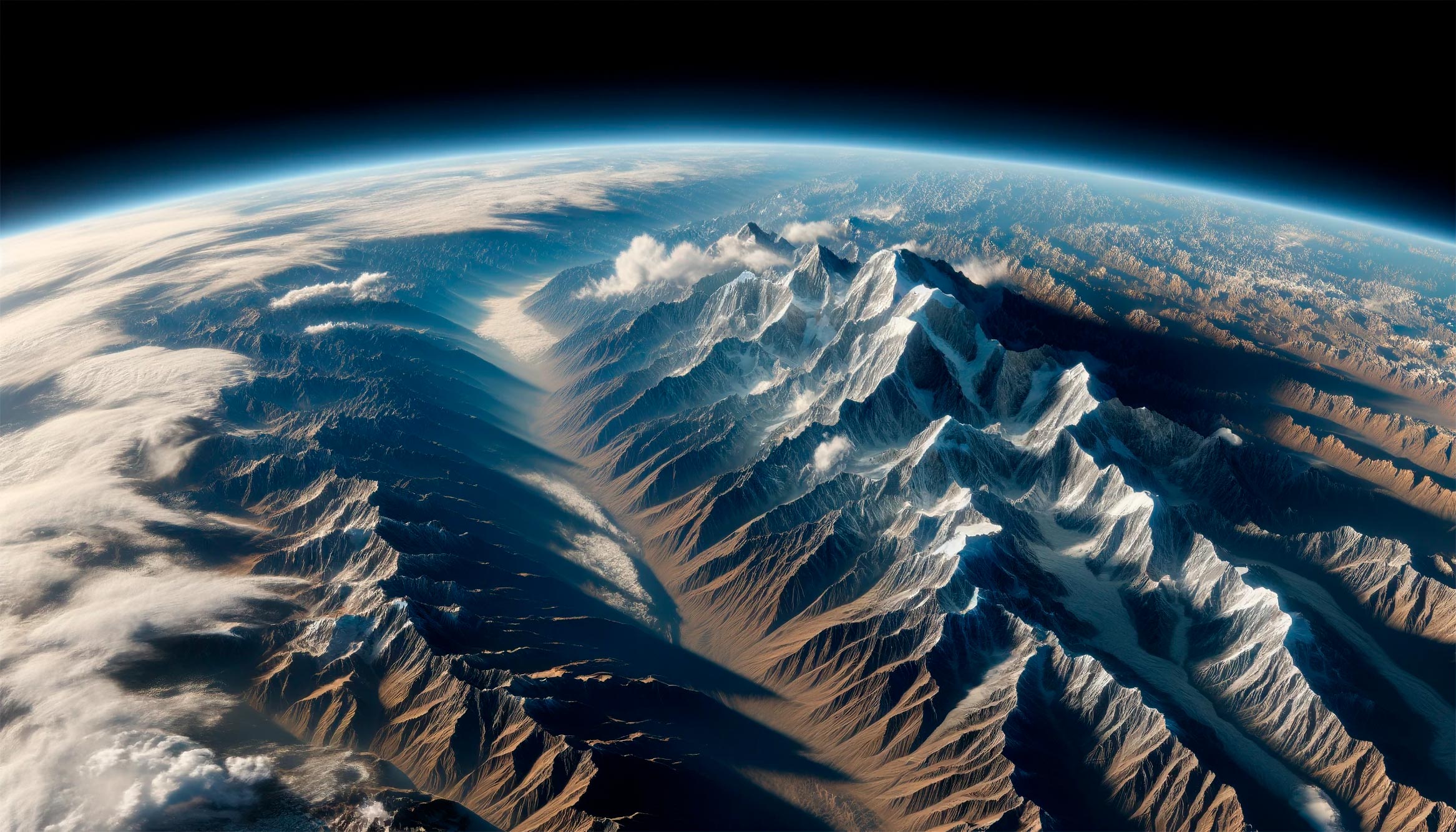If you would like to see more articles like this please support our coverage of the space program by becoming a Spaceflight Now Member. If everyone who enjoys our website helps fund it, we can expand and improve our coverage further.
Live coverage of the countdown and launch of a Russian Soyuz rocket from the Baikonur Cosmodrome with 36 OneWeb broadband satellites. Text updates will appear automatically below. Follow us on Twitter.
Arianespace webcast
” data-lazy-type=”iframe” src=”data:image/gif;base64,R0lGODlhAQABAIAAAAAAAP///yH5BAEAAAAALAAAAAABAAEAAAIBRAA7″>
Roscosmos webcast
” data-lazy-type=”iframe” src=”data:image/gif;base64,R0lGODlhAQABAIAAAAAAAP///yH5BAEAAAAALAAAAAABAAEAAAIBRAA7″>
Arianespace’s live video stream begins at approximately 7:30 a.m. EST (1230 GMT) and is in English. Roscosmos’s live video stream begins at approximately 7 a.m. EST (1200 GMT) and is in Russian.
If you would like to see more articles like this please support our coverage of the space program by becoming a Spaceflight Now Member. If everyone who enjoys our website helps fund it, we can expand and improve our coverage further.
Note: This article have been indexed to our site. We do not claim legitimacy, ownership or copyright of any of the content above. To see the article at original source Click Here












